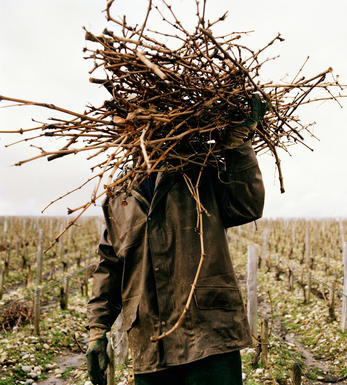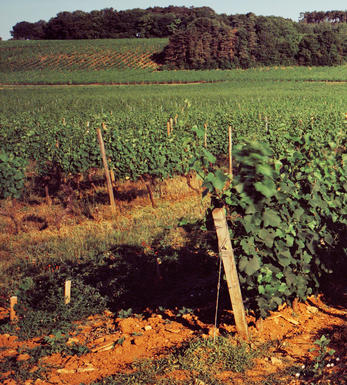
2013 Chambolle-Musigny, Les Hauts-Doix, 1er Cru, Domaine Robert GroffierPère & Fils, Burgundy

Critics reviews
Neal Martin - 29/11/2016
About this WINE

Domaine Robert Groffier
This domaine is often thought of as being in Chambolle-Musigny as most of their vineyards are in that commune and none in Morey. Its origins date back to Frederic Groffier in the 19th century, before Jules Groffier (1898-1974), son of Frederic and father of Robert built it up, and Robert started the practice of domaine bottling. It is now run by Robert Groffier’s son Serge and grandson Nicolas. There are no set rules to vinification, with stalks being included to a greater or lesser degree according to the vintage, having previously used all the stems (until 1984) and then none (in the 1990s).
Jasper Morris MW, Burgundy Wine Director and author of the award-winning Inside Burgundy comprehensive handbook.

Chambolle Musigny
Chambolle produces the most elegant wines in the Côte de Nuits, having more active chalk and less clay in the soil than the other villages. The wines may be a little lighter in colour and less tannic than Gevrey-Chambertin but they have a sublime concentration of fruit. Village Chambolle-Musigny usually provides excellent value.
Le Musigny is one of the top half-dozen vineyards in Burgundy, producing wines of extraordinary intensity and yet with a magical velvety character. Les Amoureuses is immediately appealing, a wonderfully sensual wine which deserves Grand Cru status. Bonnes Mares tends to have a firmer structure and ages very well
- 94 hectares of village Chambolle-Musigny.
- 61 hectares of Premier Cru vineyards (24 in all). The finest vineyards include Les Amoureuses, Les Charmes, Les Fuées, Les Baudes and Sentiers.
- 24 hectares of Grand Cru vineyard - Bonnes Mares and Le Musigny.
- Recommended producers: de Vogüé, Mugnier, Roumier, Barthod.
- Recommended restaurant: Le Chambolle

Pinot Noir
Pinot Noir is probably the most frustrating, and at times infuriating, wine grape in the world. However when it is successful, it can produce some of the most sublime wines known to man. This thin-skinned grape which grows in small, tight bunches performs well on well-drained, deepish limestone based subsoils as are found on Burgundy's Côte d'Or.
Pinot Noir is more susceptible than other varieties to over cropping - concentration and varietal character disappear rapidly if yields are excessive and yields as little as 25hl/ha are the norm for some climats of the Côte d`Or.
Because of the thinness of the skins, Pinot Noir wines are lighter in colour, body and tannins. However the best wines have grip, complexity and an intensity of fruit seldom found in wine from other grapes. Young Pinot Noir can smell almost sweet, redolent with freshly crushed raspberries, cherries and redcurrants. When mature, the best wines develop a sensuous, silky mouth feel with the fruit flavours deepening and gamey "sous-bois" nuances emerging.
The best examples are still found in Burgundy, although Pinot Noir`s key role in Champagne should not be forgotten. It is grown throughout the world with notable success in the Carneros and Russian River Valley districts of California, and the Martinborough and Central Otago regions of New Zealand.


Buying options
Add to wishlist
Description
Tasted blind at the Burgfest tasting in Beaune, the 2013 Chambolle-Musigny 1er Cru Les Hauts Doix has a reserved, tightly wound bouquet, but there is decent fruit stored up here, black plum and raspberry coulis, damp earthy notes that become more accentuated in the glass. The palate is medium-bodied with supple tannin, plenty of juicy red fruit laid over fine structure, plus there is fine mineralit surfacing on the finish to complete to a very well-made Chambolle-Musigny from Nicolas Groffier. Tasted September 2016.
Neal Martin - 29/11/2016
wine at a glance
Delivery and quality guarantee